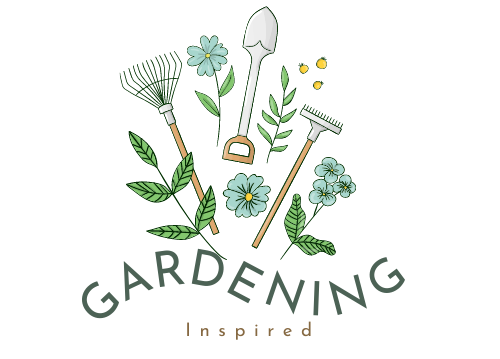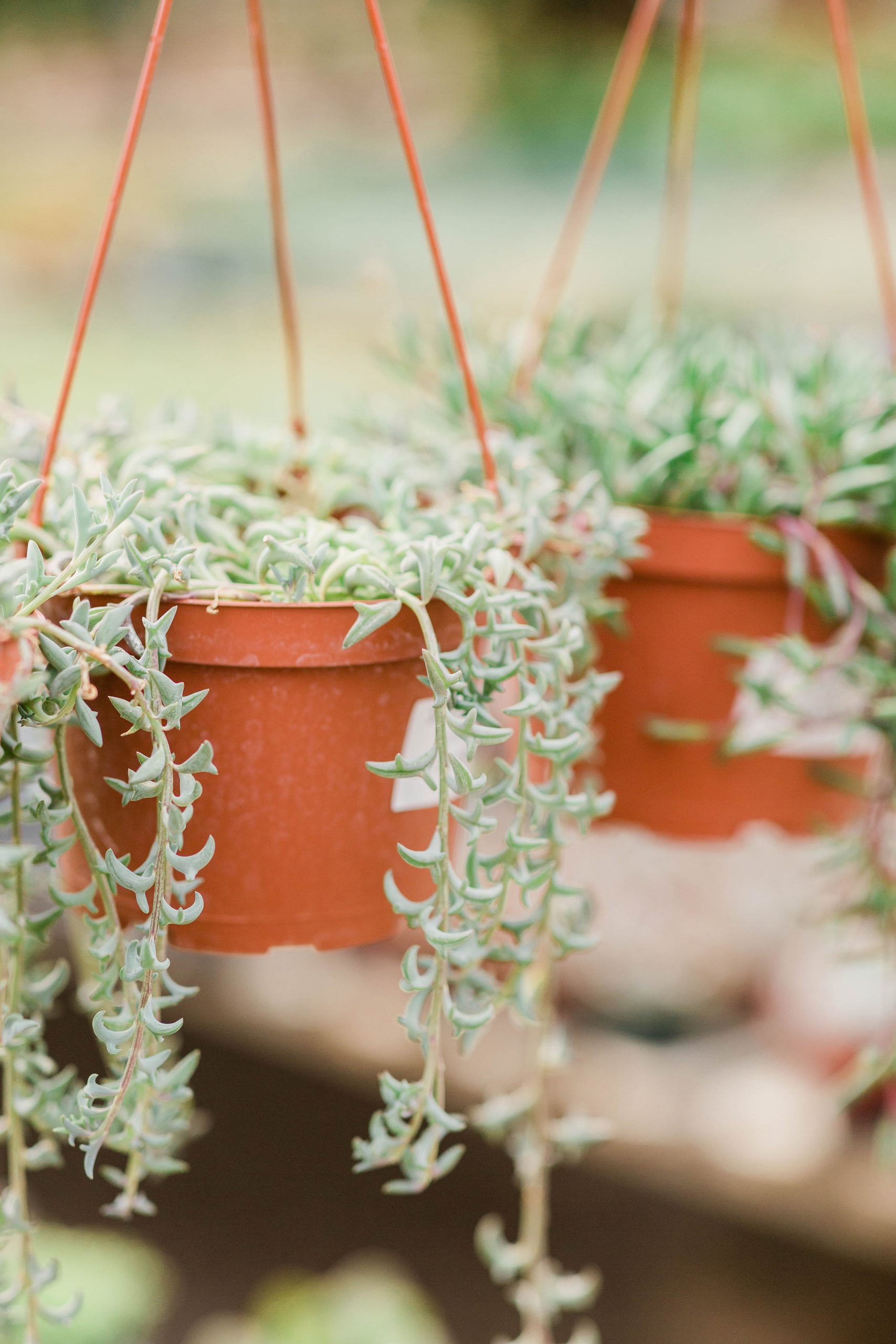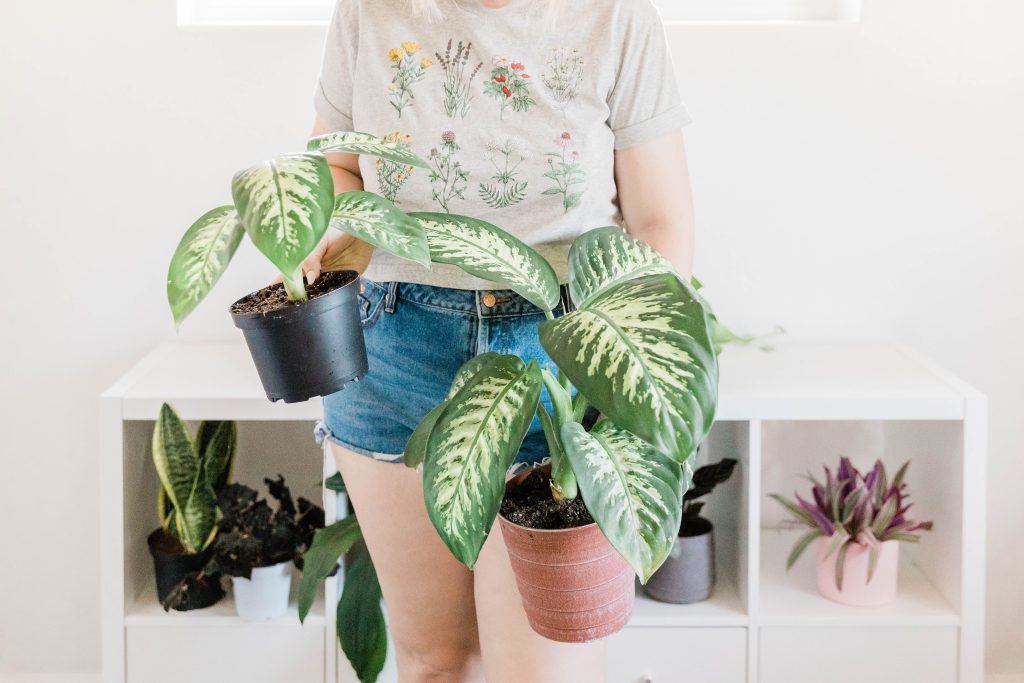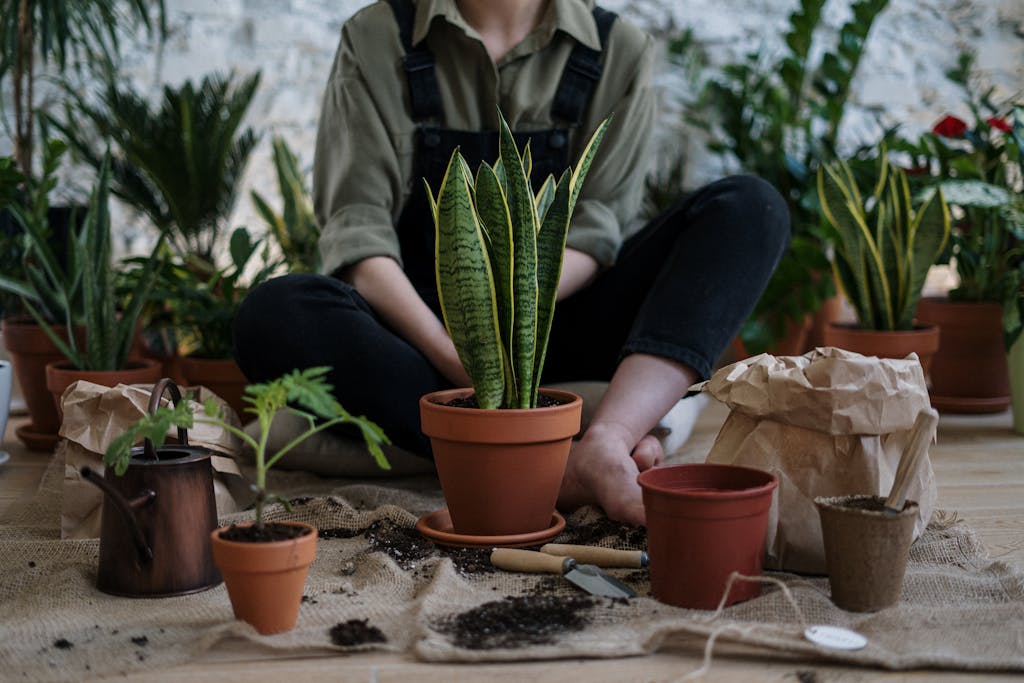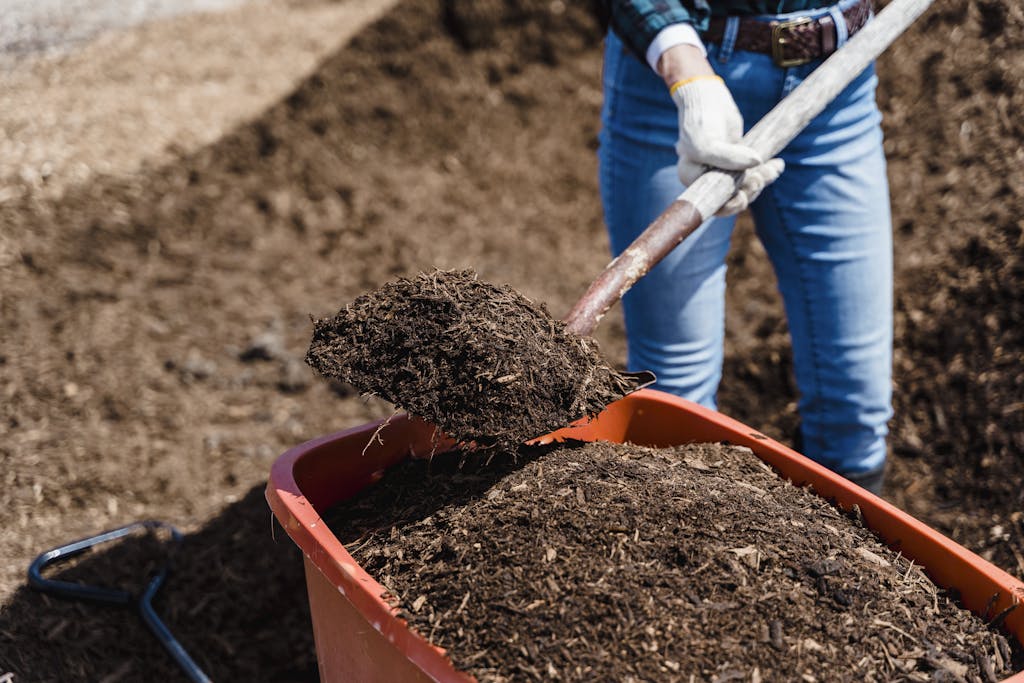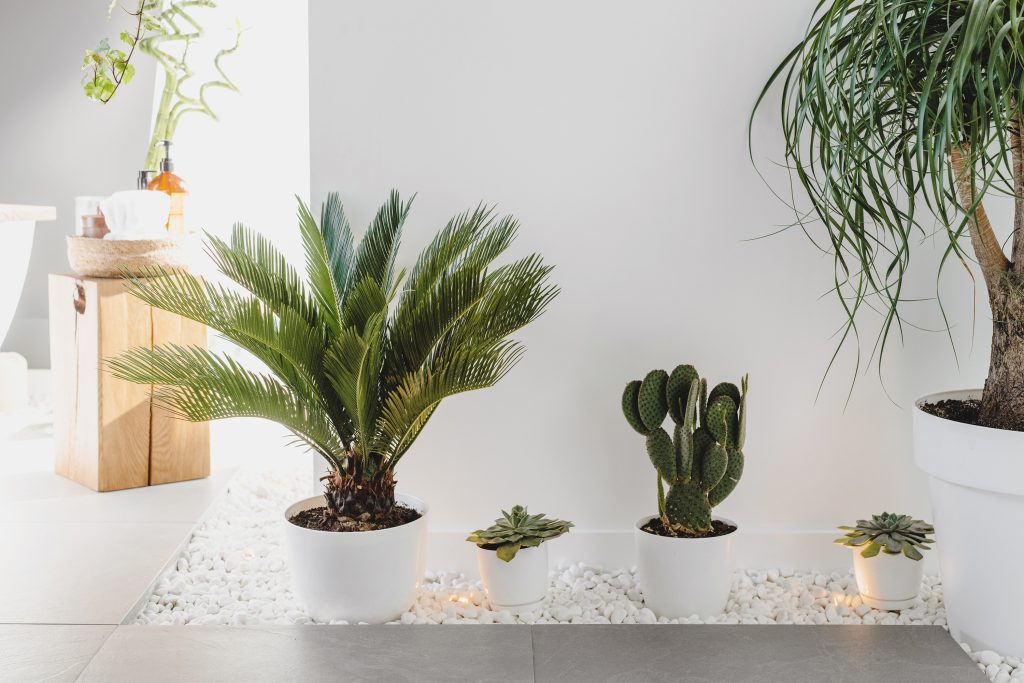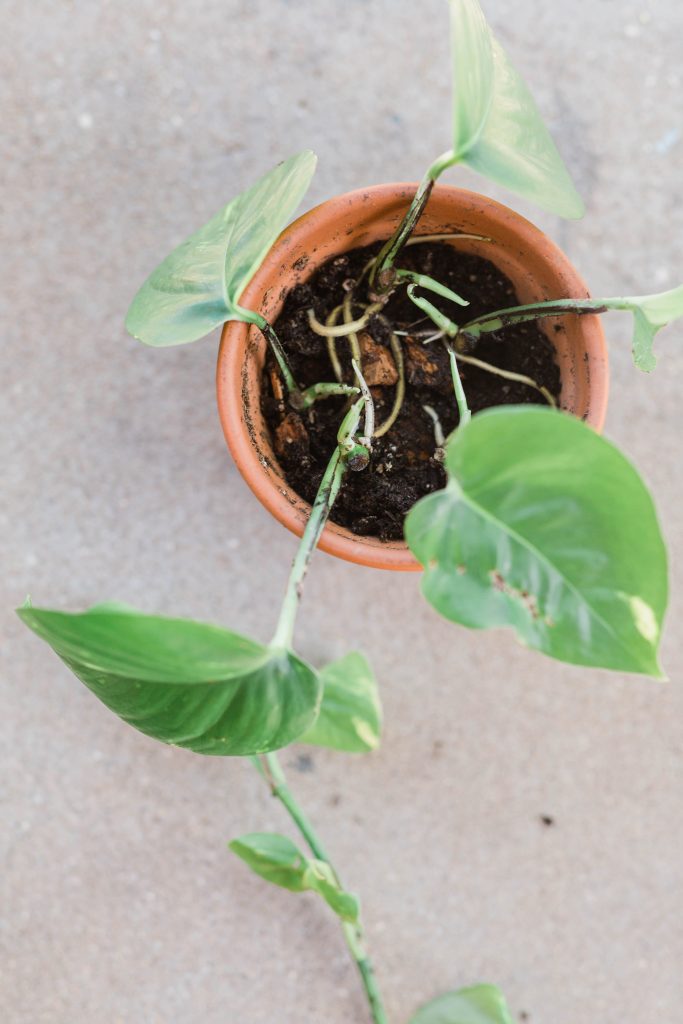Where to Start with Your First Herb Garden: A Beginner’s Guide.
If you’re like me, you’ve always dreamed of having your very own herb garden.
Fresh herbs can add so much flavor and aroma to home-cooked meals.
But where do you start?
I’ve been down this road before, and I’m here to help! In this post, I’ll walk you through a simple guide for starting your first herb garden from scratch.
Choosing the Right Herbs
Before you get your hands dirty, it’s important to know which herbs will grow best in your area and meet your culinary needs. Some popular beginner-friendly herbs include:
- Basil
- Mint
- Parsley
- Chives
- Rosemary
Try to choose a few herbs that you know you’ll use frequently in your cooking. This way, you’ll be more motivated to care for your garden and reap the rewards!
Selecting the Perfect Location
Herbs loooove sunlight! So make sure your herb garden gets at least 6 hours of direct sunlight a day, whether it’s near a sunny windowsill or on a balcony.
When looking for the ideal spot to grow your herbs, consider these factors:
- Sunlight: Most herbs thrive in full sunlight, so find a spot that gets at least six hours of direct sunlight per day.
- Soil: Herbs need well-draining soil to prevent root rot. Ideally, your garden bed should be filled with a mix of potting soil, peat moss, and perlite or vermiculite.
- Accessibility: Make sure your herb garden is easy to get to, whether it’s in raised beds, containers, or an in-ground garden. This will make caring for and harvesting your herbs so much easier!
Planting Your Herbs
Now comes the fun part – planting your herbs! Whether you’re starting with seeds or seedlings, it’s important to follow these simple steps:
- Prepare your garden bed or containers: Loosen the soil and mix in any required amendments.
- Check the spacing requirements: Different herbs need different amounts of space to grow. Check the recommended spacing on the seed packets or seedling labels.
- Dig holes: Dig holes for your seedlings or seeds, according to the required depth and spacing.
- Plant your herbs: Carefully place your seedlings or seeds into the holes and cover with soil. Be gentle and try not to damage the roots or stems!
- Water: Give your newly planted herbs a good drink, ensuring the soil is moist but not soaking wet.
Caring for Your Herb Garden
It’s crucial to pay attention to the needs of your herbs as they grow. Here are some essential tips for success:
- Watering: Herbs generally don’t need a lot of water, so let the soil dry out slightly before giving them a deep soak. Overwatering can lead to root rot and other problems.
- Fertilizing: A light application of organic fertilizer, such as compost or well-aged manure, is usually all that your herbs will need to thrive.
- But don’t go overboard! Too much fertilizer might make them grow too fast and lose their flavor.
Pruning: Don’t be shy about trimming your herbs. Pruning promotes growth and keeps the plants healthy. Snip off dead or yellowing leaves, and feel free to harvest some fresh sprigs for your kitchen!
Pest control: Keep an eye out for common garden pests like aphids or slugs. A mixture of soap and water can be sprayed on the leaves to deal with most critters, or you can opt for natural predators like ladybugs.
Here’s where all your hard work pays off!
When to Harvest: Harvest in the morning when the herbs’ oils are the most potent. Use scissors or garden shears to snip off what you need.
How to Store: Fresh herbs can be wrapped in a damp paper towel and stored in a plastic bag in the fridge, or you can dry them for later use.
How to Use:Toss fresh herbs into salads, soups, stews, and more. They’ll add a zing of flavor that’ll have you dancing around the kitchen!
Can you believe how simple that all is? From selecting your herbs to the thrill of harvesting, you’re well on your way to becoming a garden guru!
Fertilizing Your Herb Garden
Like a good home-cooked meal, herbs crave balance. They need just the right amount of nutrition. So here’s how to get it done:
- Using Organic Fertilizer: Compost or well-aged manure is all you usually need. Apply it every 4-6 weeks during the growing season.
- Understanding Nutrient Needs: Different herbs have different needs. For example, rosemary and thyme like lean soil, while basil enjoys a bit more fertile ground.
Pruning and Managing Growth
Taming your herbs is part of the fun! Here’s the 411:
- Trimming Regularly: This helps herbs grow bushy and full.
- Managing Spreaders: Some herbs like mint can take over. Plant them in pots or dedicated spaces to keep them in check.
Fighting Off Pests
Got bugs? Here’s how to send them packin’:
- Inspect Regularly: Look under leaves and around stems for signs of insects or disease.
- Natural Solutions: Insecticidal soaps or oils are your friends. And so are ladybugs!
- Avoiding Chemicals: Stick with organic solutions to keep your herbs pure and tasty.
Must-Know Tips for Cooking with Fresh Herbs
Ready to up your kitchen game? Herbs to the rescue!
- Chopping: Use a sharp knife to avoid bruising.
- Using Fresh vs Dried: Fresh herbs have a milder flavor, so you’ll need more of them compared to dried.
- Pairing with Dishes: Experiment and find your favorite combinations. Rosemary with roast chicken? YES, PLEASE!
ll love to hear about your herb garden. Let me know in the comments below.
